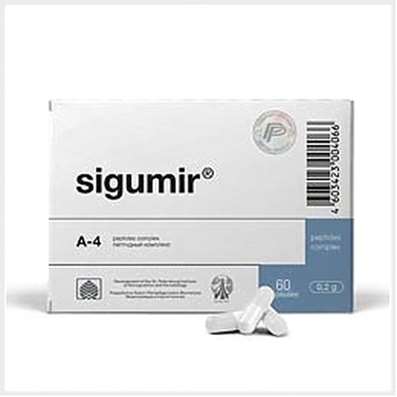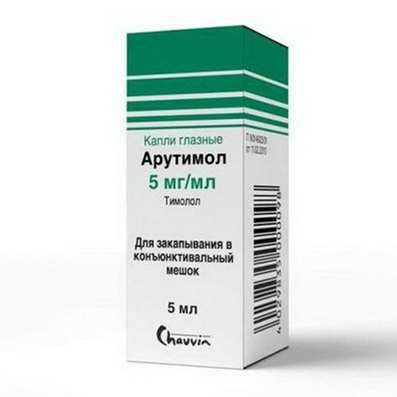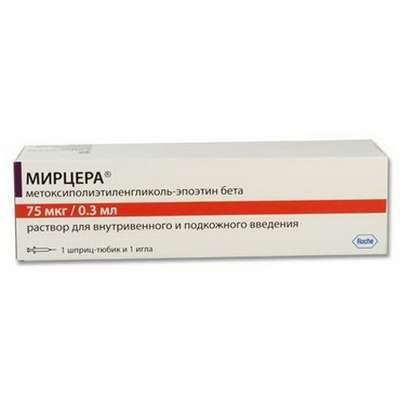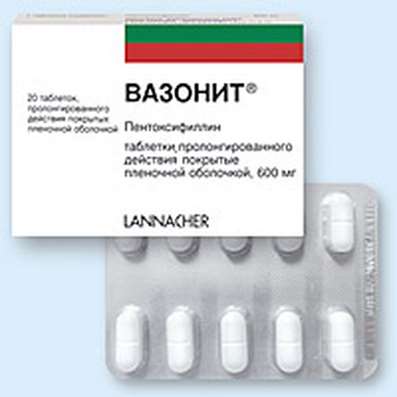Biophysics of Excitable Systems
02 Nov 2016
Professor of Medicine, Dr. Doping tells about electrophysiology, the study of excitable systems and heart vortices.
Biophysics - this is what they do physics when investigating biological objects. There are many definitions of Biophysics. One of them - the study of biological objects by physical methods. But I like it when there are people in front of, rather than hardware, because the physicists specifically trained in physics, especially in Russia and the former Soviet Union, built thinking a little differently than the classical biologists. These people are engaged in biophysics. If Biophysics - the study of the living physicists, it is absolutely boundless region, which can be through the levels, trace layers. The measurement of molecular biology at the molecular level. It's already closed with chemistry. And it is impossible to draw a clear boundary between what chemists do - high molecular weight compounds, and that makes biologists and molecular engineering, researchers, when watching some subtle things.
Since the main excitable systems in the living body are two - is nervous and if we do not take digestive (this detail), - we have been a part of it - the heart tissue. And for what it's done? Interesting is not tissue itself, and heart functioning. We all know that the damage to the heart is almost instantaneous and very quick death. And as it always has been known since ancient epic "I struck by an arrow in the heart." Two things: cut off the head - all go nuts. I hit the heart - too bad.
For Heart problem is often used Meldonium, Mexidol, Coramine, Asparcam.
On the one hand, we understand that there are many similarities between rat and human heart. If this was not a general, the heart and Biophysics would not. But the fact is that there is a big difference. And we, for example, do these differences come across. My Japanese graduate student who did this work, using an ordinary Japanese dia-rhythmic, gave it to the culture of rat cardiac cells, to see what would happen; He saw nothing. And when we started to deal with it, it turned out that a very widely used dia-rhythmics third class will only work on human cells, because they have a special ion channels that are blocked by these dia-rhythmics. But the rats of these ion channels do not. It would seem quite an obvious thing, but it got its unexpected confirmation. That is, if we want to develop a drug for humans, we have to use human tissue.

 Cart
Cart





